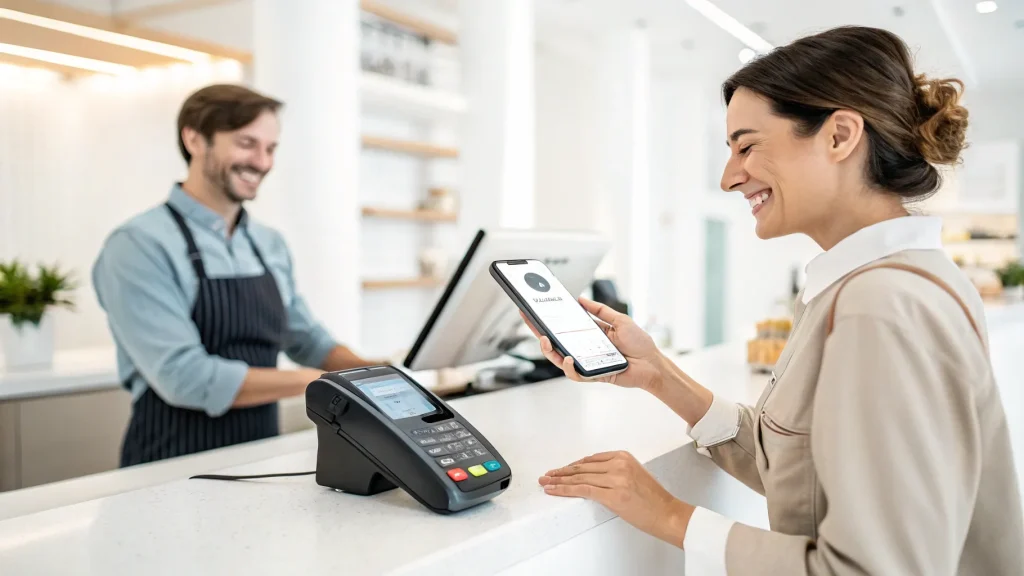Cardless co-founder and president Michael Spelfogel recently appeared on ‘The Claman Countdown’ to discuss the company’s growing suite of financial services. The fintech startup has positioned itself as an innovator in the digital payment space, offering solutions that allow consumers to make purchases without physical credit cards.
During the interview, Spelfogel highlighted how Cardless is addressing changing consumer preferences in the financial sector. As digital wallets and contactless payments gain popularity, the company has developed technology that enables users to complete transactions using mobile devices instead of traditional plastic cards.
Table of Contents
ToggleDigital-First Payment Solutions
Spelfogel explained that Cardless provides a platform where users can apply for credit products that exist primarily in digital form. “Our technology allows consumers to access credit immediately through their smartphones, without waiting for a physical card to arrive in the mail,” he noted during the broadcast.
The company’s approach responds to growing consumer demand for instant access to financial services. According to data mentioned in the interview, digital payment adoption has accelerated significantly over the past three years, with more consumers expecting immediate access to financial products.
“We’re giving consumers what they want – immediate access to credit without the plastic,” Spelfogel stated during the program.
Partnership Strategy
A key aspect of Cardless’s business model involves strategic partnerships with established brands and financial institutions. Spelfogel outlined how these collaborations allow the company to offer co-branded credit products that benefit both consumers and partner organizations.
The president detailed several high-profile partnerships that have helped Cardless expand its user base. These relationships enable partner brands to offer their customers branded payment options while Cardless handles the underlying technology and financial infrastructure.
During the interview, Spelfogel emphasized that these partnerships create value for all parties involved:
- Consumers gain access to rewards programs tied to brands they already support
- Partner brands increase customer loyalty and engagement
- Cardless expands its market reach without massive marketing expenditures
Security Measures
Addressing potential concerns about digital payment security, Spelfogel detailed the company’s approach to protecting user data and preventing fraud. The platform incorporates multiple layers of security, including biometric authentication and transaction monitoring systems.
“Security is our top priority,” Spelfogel stated. “Our systems include advanced encryption and real-time fraud detection that often exceeds what traditional card issuers provide.”
The company has invested heavily in developing security protocols that comply with banking regulations while maintaining a smooth user experience. This balance between security and convenience represents a significant technical challenge that Cardless claims to have addressed effectively.
Future Growth Plans
Looking ahead, Spelfogel shared insights about Cardless’s expansion strategy and upcoming product launches. The company plans to introduce additional financial services beyond its current credit offerings, potentially including savings products and investment tools.
The president also mentioned plans to expand internationally, targeting markets where digital payment adoption is growing rapidly. This global strategy aims to position Cardless as a leader in the evolving financial technology sector.
Spelfogel concluded the interview by discussing how the company is preparing for changing economic conditions and regulatory environments. The firm’s adaptable technology platform allows it to quickly modify offerings in response to market shifts or new regulations.
As digital payment options continue to gain traction among consumers worldwide, Cardless appears positioned to capitalize on this trend through its technology-first approach and strategic partnerships. The company’s growth will likely depend on its ability to maintain security standards while expanding its service offerings in an increasingly competitive market.















